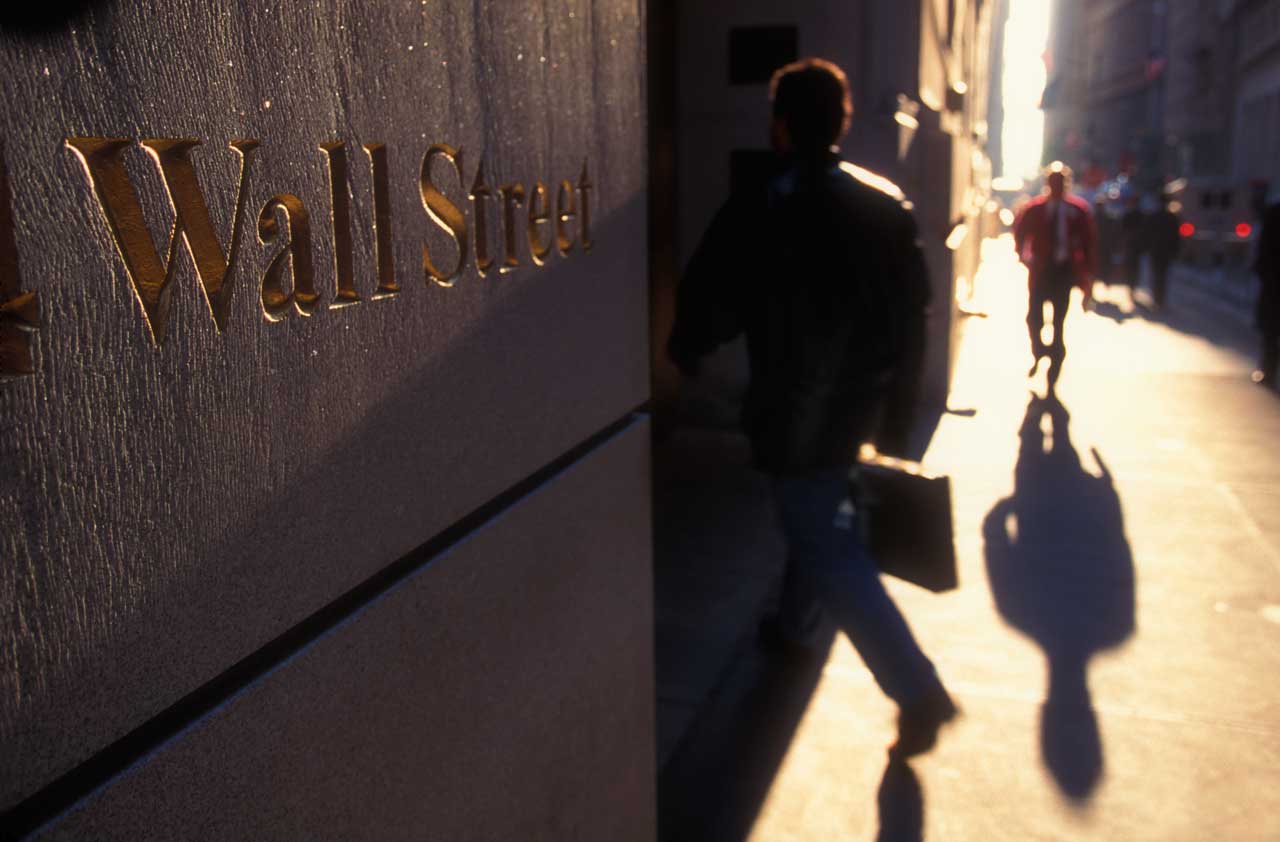Be Smart About How You Trade Stocks
Giving your broker the right order can help you get the best price.


When you order a hamburger, you could get one that’s pink and juicy in the middle, or one that’s a blackened hockey puck between two buns. That’s why waiters ask you how you want your order. You have several options for ordering stocks as well. Knowing the difference between them can help you get the best price when you trade—and, in some cases, help you avoid losses.
A market order means you want the order executed as quickly as possible. Market orders can be buy orders or sell orders. In either case, you’re simply trading the shares at the current market price. If Microsoft is selling at $140 a share, for example, a market order to buy or sell will probably get you the shares near $140 per share, most of the time.
Investors can use a stop-loss order to limit their losses in a market rout. For example, suppose you had bought 100 shares of Microsoft at $140 and it rises to $155. Congratulations! You’re up $1,500. But now you’re worried that if the market falls, you could lose that entire $1,500 and more. To mitigate that risk, you can put in a stop-loss order, which tells your broker to sell the stock once the price falls to a certain level, called the stop price—say, $140 in our example. At that point, your stop-loss order becomes a market order, and you’ll sell at the next available price at $140 or less. You would lose your gain but probably not your principal.
From just $107.88 $24.99 for Kiplinger Personal Finance
Become a smarter, better informed investor. Subscribe from just $107.88 $24.99, plus get up to 4 Special Issues

Sign up for Kiplinger’s Free Newsletters
Profit and prosper with the best of expert advice on investing, taxes, retirement, personal finance and more - straight to your e-mail.
Profit and prosper with the best of expert advice - straight to your e-mail.
Stop orders can trim your losses in a downturn, and using a limit order to buy can help you snatch bargains once the market has sold off.
Many brokerages will allow you to use a percentage stop order—that is, your order will trigger if the stock falls a certain percentage below its most recent high. (Some call this a trailing stop order.) If Microsoft were at $150, for example, you could put in an order to sell if the stock were to fall 10%, to $135 per share. If Microsoft rose to $160, your trailing stop would still be 10%, but the sell point would rise to $144.
The catch. The problem with market and stop-loss orders is that stocks can sometimes move considerably between the time you give the order to your broker and the time the trade is executed. Suppose you have a stop-loss order for $140. When that’s triggered, your broker will sell the stock for its next available bid at $140 or less. In market routs, prices can gap down—meaning that the next bid could be $135, for example, or lower. With a regular stop order, you’ll get the next available price, and it might be well below your stop level.
That’s where limit orders come in. A limit order allows you to specify the maximum price at which you’ll buy a stock and the minimum price at which you’ll sell, but note that the order won’t be executed unless that price becomes available. A stop-limit order combines the protections of a stop-loss order and a limit order. With a stop-limit order, you can specify the point at which you sell—the stop—as well as the lowest price below the stop that you’ll accept, which is the limit. Let’s say you had a stop-loss order at $140 for Microsoft. You could add a limit of $138, meaning you’d take any price from $138 to $140. If the stock gaps below that range, you’ll have to hold on until the stock hits $138.
Most discount brokers charge the same commission regardless of order type. And all brokerage orders have a time element. Most are day orders—that is, they are good only for the day you make them. If they can’t be filled that day, they expire. For trailing stops or other, more-complex trades, it’s best to use a good-till-canceled order, which means pretty much what it says. Good-till-canceled orders don’t necessarily last forever. Your brokerage may have a time limit—say, six months—before the good-till-canceled order expires, so be sure to ask about it.
For most long-term investors in a reasonably calm market, a market order is fine. But stop orders can trim your losses in a downturn, and using a limit order to buy can help you snatch bargains once the market has sold off.
Profit and prosper with the best of Kiplinger's advice on investing, taxes, retirement, personal finance and much more. Delivered daily. Enter your email in the box and click Sign Me Up.

-
 How to Make 2026 Your Best Year Yet for Retirement Savings
How to Make 2026 Your Best Year Yet for Retirement SavingsMake 2026 the year you stop coasting and start supercharging your retirement savings.
-
 You Saved for Retirement: 4 Pressing FAQs Now
You Saved for Retirement: 4 Pressing FAQs NowSaving for retirement is just one step. Now, you have to figure out how to spend and maintain funds. Here are four frequently asked questions at this stage.
-
 How to Stop These 5 Risks From Wrecking Your Retirement
How to Stop These 5 Risks From Wrecking Your RetirementYour retirement could be jeopardized if you ignore the risks you'll face later in life. From inflation to market volatility, here's what to prepare for.
-
 The Most Tax-Friendly States for Investing in 2025 (Hint: There Are Two)
The Most Tax-Friendly States for Investing in 2025 (Hint: There Are Two)State Taxes Living in one of these places could lower your 2025 investment taxes — especially if you invest in real estate.
-
 The Final Countdown for Retirees with Investment Income
The Final Countdown for Retirees with Investment IncomeRetirement Tax Don’t assume Social Security withholding is enough. Some retirement income may require a quarterly estimated tax payment by the September 15 deadline.
-
 How to Beef Up Your Portfolio Against Inflation
How to Beef Up Your Portfolio Against Inflationinvesting These sectors are better positioned to benefit from rising prices.
-
 Taxable or Tax-Deferred Account: How to Pick
Taxable or Tax-Deferred Account: How to PickInvesting for Income Use our guide to decide which assets belong in a taxable account and which go into a tax-advantaged account.
-
 Smart Investing in a Bear Market
Smart Investing in a Bear Marketinvesting Here's how to make the most of today’s dicey market.
-
 How to Open a Stock Market Account
How to Open a Stock Market Accountinvesting Investing can be fun, but you need a brokerage account to do it. Fortunately, it’s easy to get started.
-
 The Right Dividend Stock Fund for You
The Right Dividend Stock Fund for YouBecoming an Investor Dividend stock strategies come in many different flavors. Here's what to look for.
-
 Alternative Investments for the Rest of Us
Alternative Investments for the Rest of UsFinancial Planning These portfolio diversifiers aren't just for the wealthy.